Portfolio
Toward Vertigo
Rediscovering the ethereal masterpieces of Japanese architect Tōgo Murano
Essay by Olivier Renaud-Clément
Photographs by Valérie Sadoun
Film by Francis Elias Wintour

Ceiling of the the reception hall at Grand Prince Hotel Takaragaike, 1986, Kyoto
It’s mystifying that the architect Tōgo Murano (1891–1984), who left behind some 300 architectural works, remains largely unknown outside his native Japan. A master of traditional sukiya architecture who also borrowed from Brutalism and other Western Modernist aesthetics, he designed idiosyncratic structures that speak to nature, spiritualism, the improbable and the imaginary. He worked steadily almost until his death at the age of ninety-three, seeing through his plans for the Tanimura Art Museum in Itoigawa, Japan. His cult status recently drew a group of artists to Japan on a pilgrimage to seek out his works. The following is one of the traveler’s notes, informed by photographs made along the way.
In the early 1990s, when I was running the New York gallery Wooster Gardens with Brent Sikkema, I began traveling regularly to Japan. My deep interest actually came about not through art or architecture but through Japanese literature—first through reading the writers of the Naturalist movement at the turn of the 20th century and then the novels of Yasunari Kawabata, Kenzaburō Ōe and Yasushi Inoue, the last of whom was friends with the architect Tōgo Murano.
On my trips, I began paying a lot of attention to design. I knew a number of Japanese designers in France in the ’80s, such as Shiro Kuramata, who was very present in France and whose work was fabricated in Italy. I was curious about architecture but it took me a while to form an understanding of what I was seeing—Japan was really head-spinning and disorienting, and in those pre-Internet years there were still very few signs or any other kinds of guideposts in English.
On one trip many years ago, I went to Hiroshima, and I ended up having some time before driving elsewhere. I found the Hiroshima City Museum of Contemporary Art and wandered in and there was an architecture show, the labels all in Japanese. What I thought I was seeing was an exhibition showing the work of several different architects, because everything—the maquettes, the photographs, the blueprints—seemed so disparate. All the work was thoroughly fascinating. I thought: “Is this some group of architects I’ve never heard of? What the hell is this?” And finally, in the bookstore, I realized I was looking at the work of just one person—Tōgo Murano—whom I’d never heard of. I immediately wanted to go out and see his work, to experience it firsthand, and I started making lists and maps, which was daunting because he built more than 300 buildings. I learned that some were not accessible or no longer existed but that many hotels still did. I decided to go very quickly to the Prince Hakone Ashinoko Hotel in Hakone, a spa town not far from Tokyo where people go for the weekends. The interior of the hotel was absolutely fascinating to me, and I was hooked.
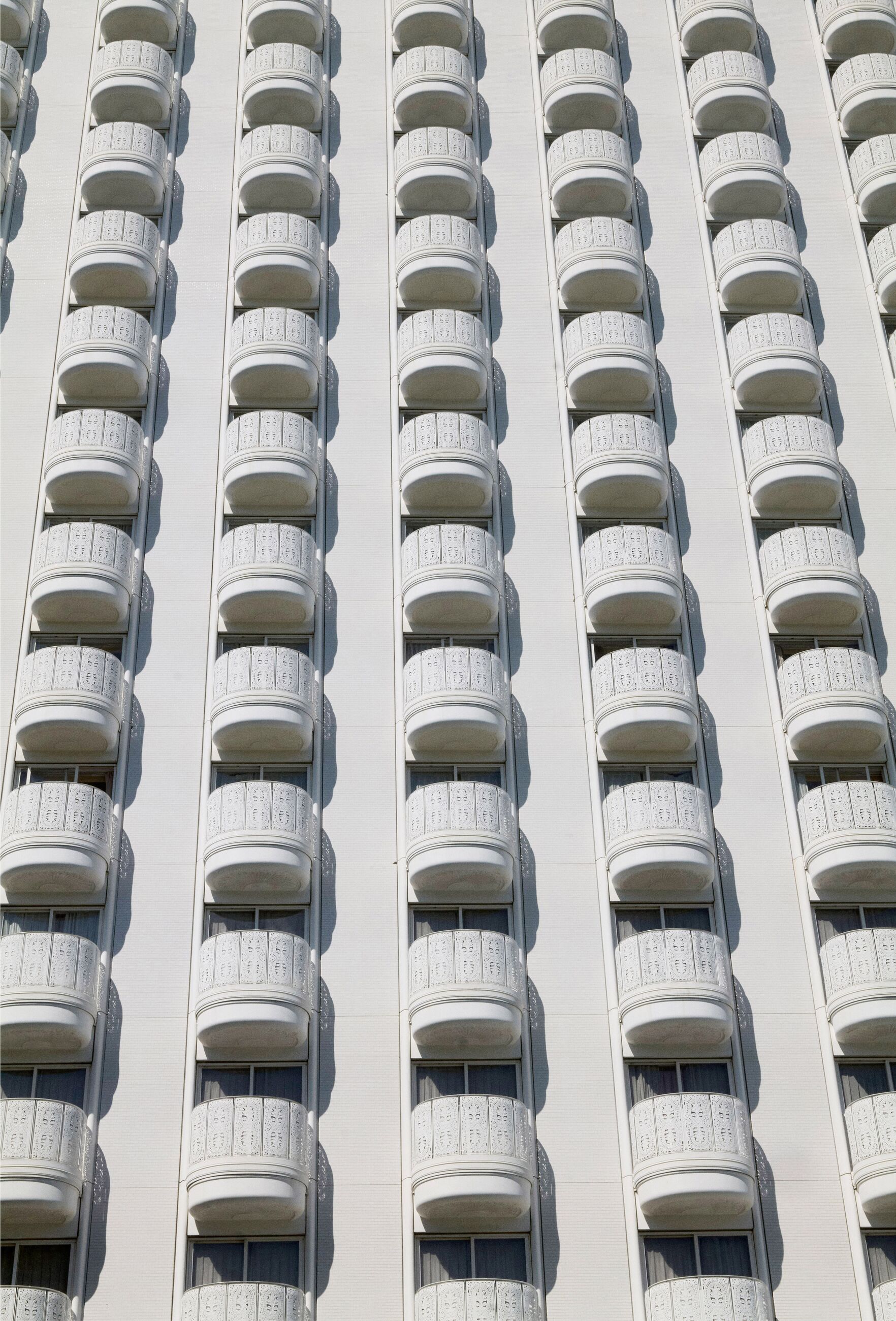
Facade of the Grand Prince Hotel Shin Takanawa, 1982, Tokyo
His work seemed very eccentric, very abnormal, extraordinarily beautiful. It didn’t seem to fit anywhere, or at least in any taxonomy that I was familiar with. The thing that struck me initially was the fact that the interiors never really matched the exteriors and vice and versa. From the outside, some were Modernist buildings, some were Brutalist, some Symbolist, and then you walked inside and the feeling would be wholly unexpected, sometimes almost fantastical. It was clear that he was obsessed with the craftsmanship and the quality of his work, down to the tiniest details, to the lamps and chairs and fixtures and trims. In subsequent years, I met people who had worked with him throughout his life, metal specialists in Osaka, for example, and other craftspeople who had a very strong relationship with parts of his work.
The Nissay Theater in Tokyo, which is considered one of Murano’s masterpieces, was built across from the site of Frank Lloyd Wright’s Imperial Hotel, which was demolished in 1967. The hotel was still there when Murano was working on his building in the early 1960s, so the dialogue between the two was incredible. The exterior of Murano’s building is very austere, as if he didn’t want to compete with the beautiful flora of Hibiya Park across the street. But the interior of the theater is a bold reflection of that natural world outside, a cavernous, almost Gaudi-esque fantasia, with mosaic tiles and tens of thousands of inlaid pieces of mother-of-pearl in the ceiling. It’s absolutely extraordinary and vertiginous.
Murano started his company in 1929 and he died in 1984, so he had a very long career and worked during the heart of Modernism. He was revered in Japan, but still to this day he’s little known outside of his native country, which I find astounding and also disheartening. As I got to know his work, I began to ask specialists—architects and historians, such as the great Philippe Duboy—about Murano. Duboy told me that he’d never heard of him. But everyone I spoke to in Japan knew him. My friend, the artist Takesada Matsutani, could cite many buildings and knew exactly where they all were.
As I learned more about the work over the years, I began to think about how to bring broader attention to it, and my thought has been try to go beyond traditional documentation, to bring artists into the picture. So I’ve invited favorite artists of mine like Dominique González-Foerster, Anri Sala, Thomas Demand and Elisabeth Ballet to respond to the work in various ways. That’s also how my friend, the photographer Valérie Sadoun, whose striking pictures make up this portfolio, came to travel with me and the filmmaker Francis Elias Wintour on a kind of pilgrimage recently to tour an extensive list of Murano works around Japan.
For me, an obsessive about art, architecture and design, Murano has been a true revelation. The most succinct way that I can explain the power of his work is that he harnessed irrationality to form a consistent, highly poetic language, a language that somehow worked and that we’re all very lucky to be able to see.

Grand Prince Hotel Shin Takanawa, Tokyo
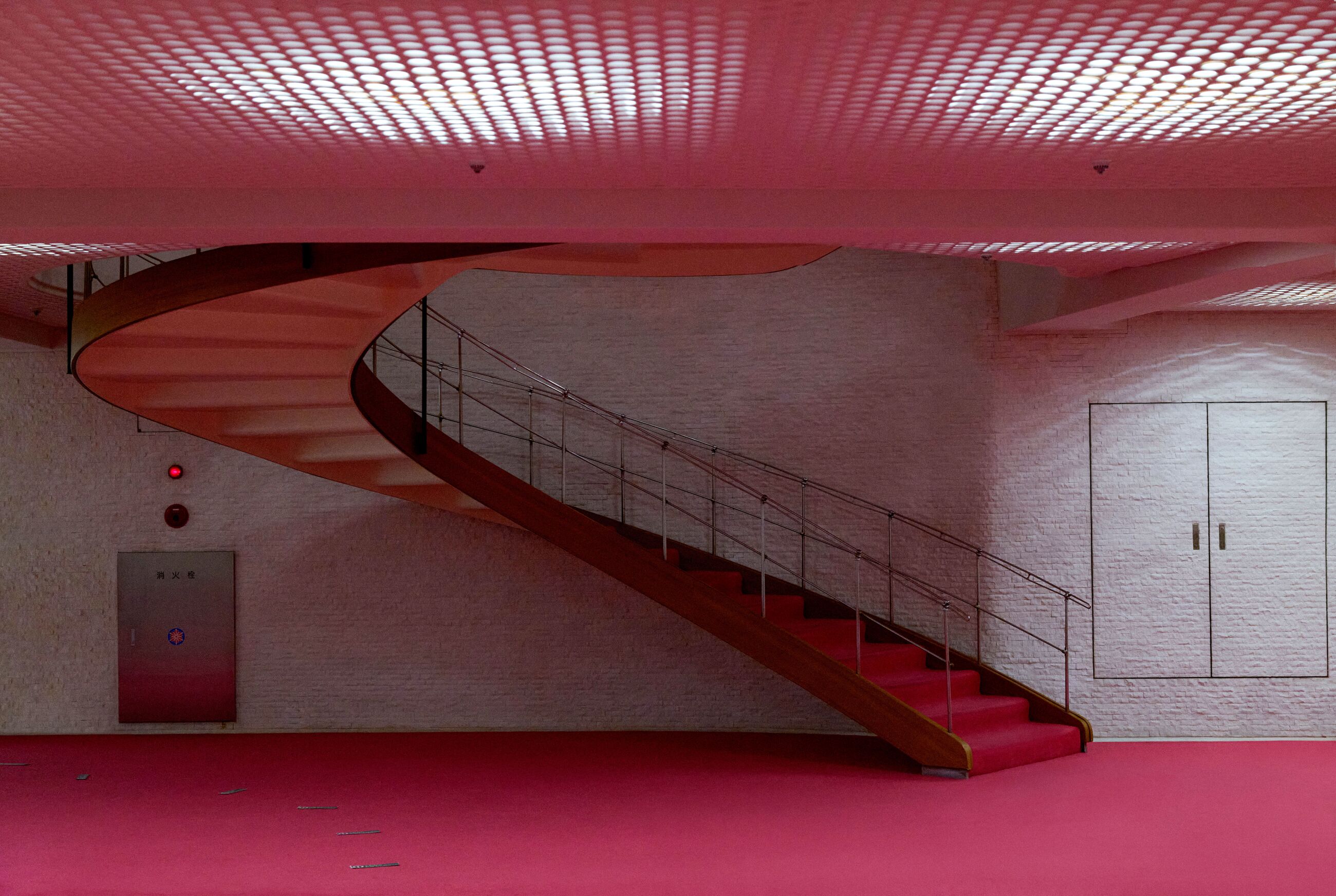
Stairs of the Nissay Theater in the Nissay Hibiya Building, 1963, Tokyo
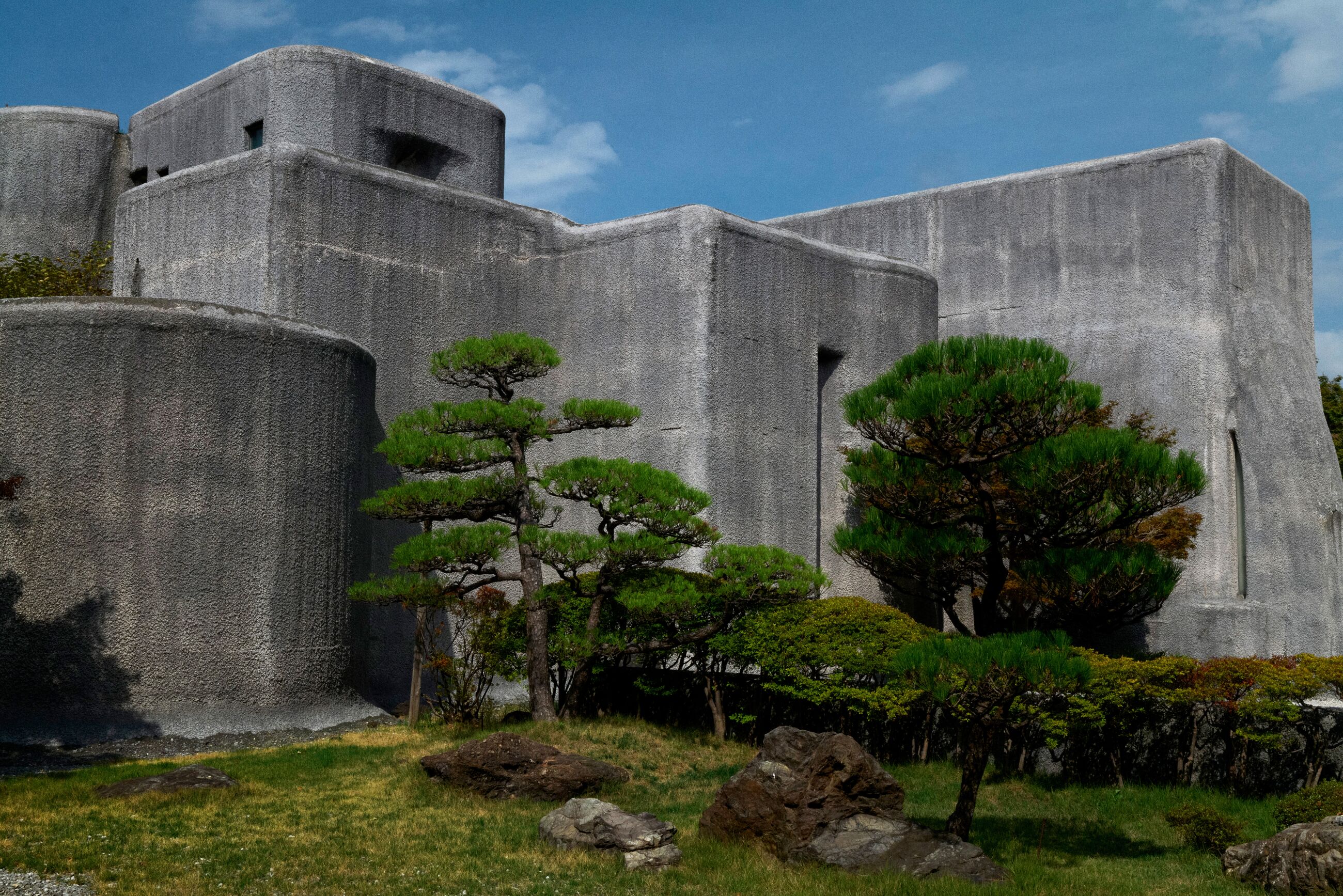
Tanimura Museum, 1983, Itoigawa, Niigata
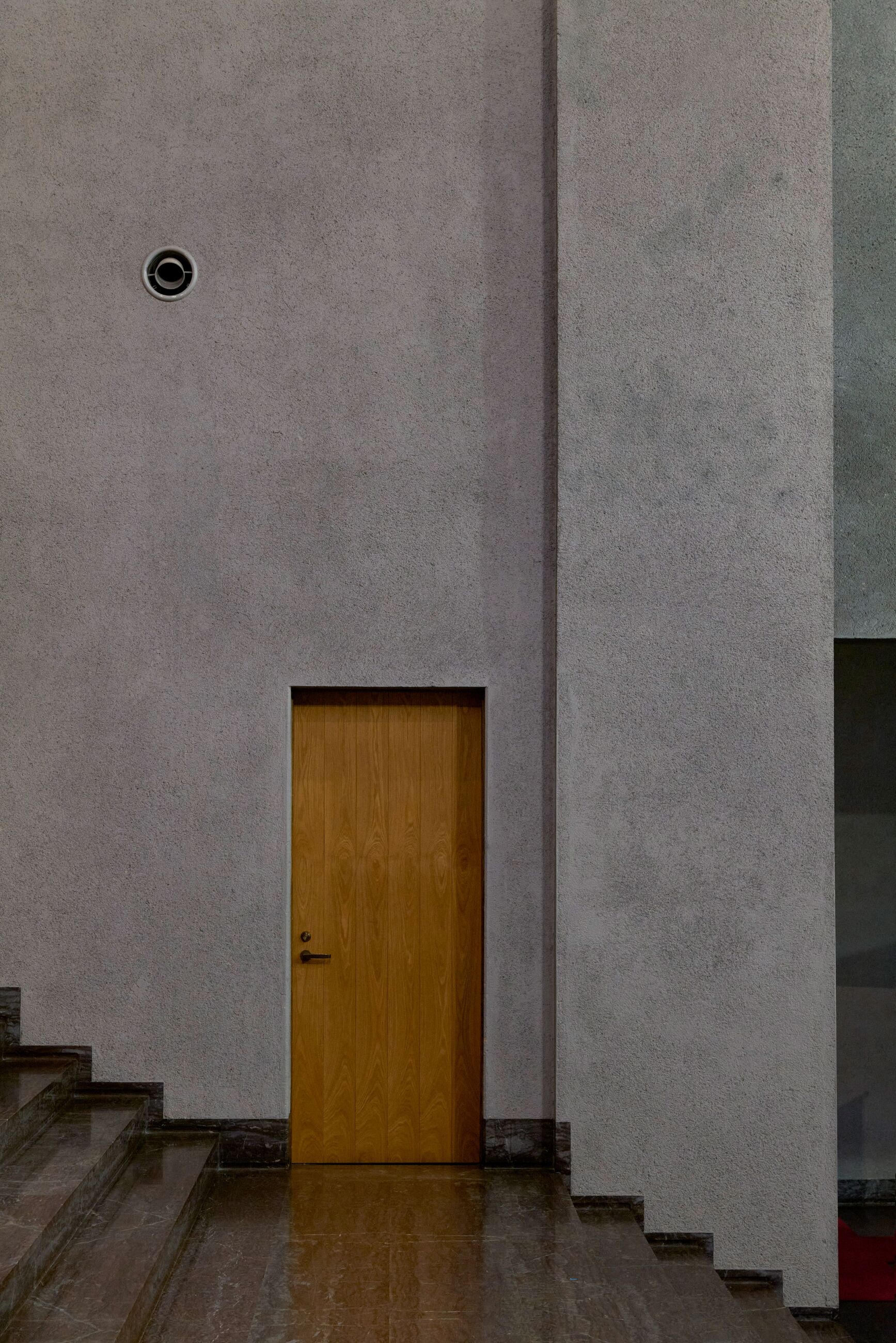
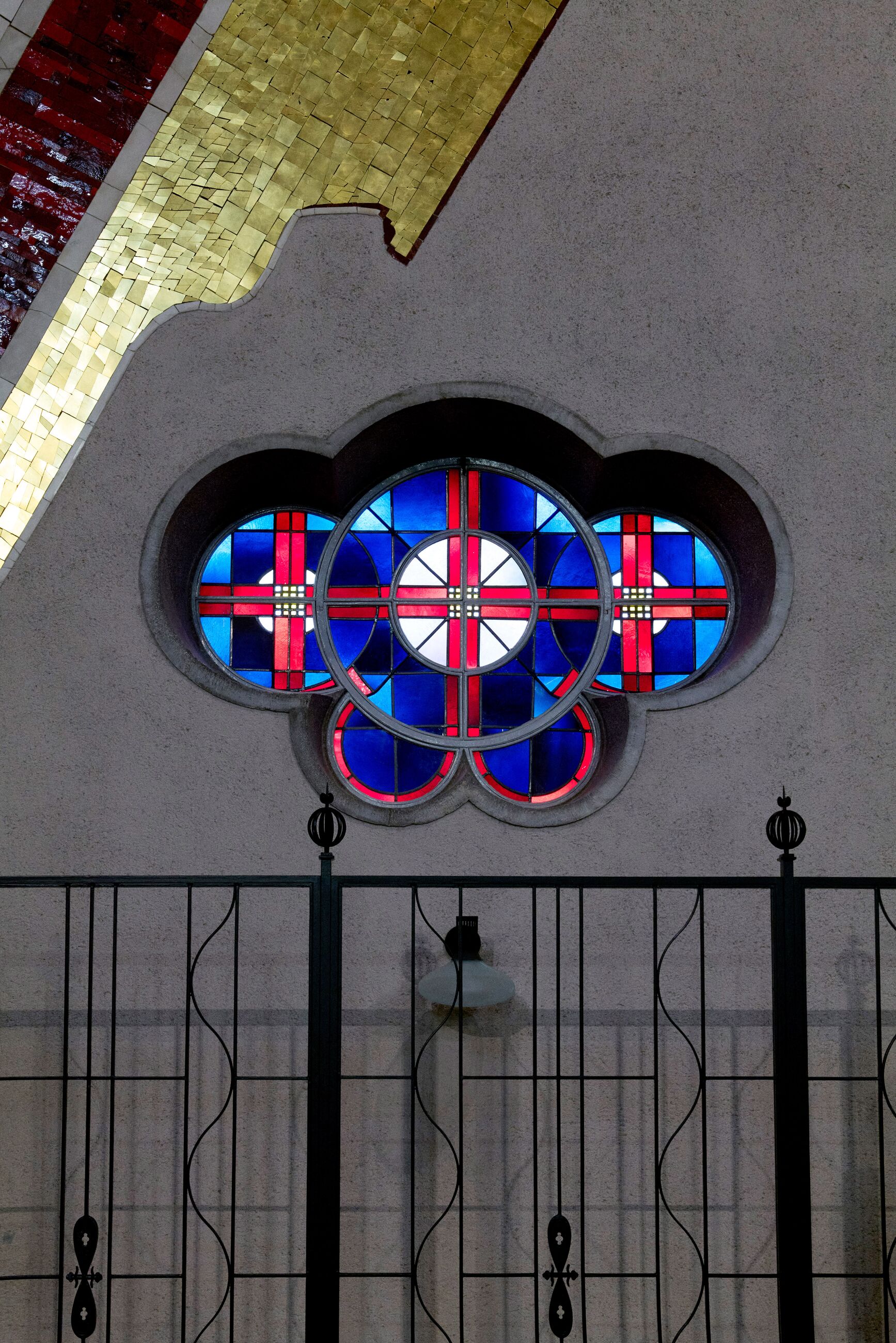
Memorial Cathedral of World Peace, 1954, Hiroshima
Fly Me to Heaven Hiten (2025), inspired by the work of Togo Murano, directed by Francis Elias Wintour
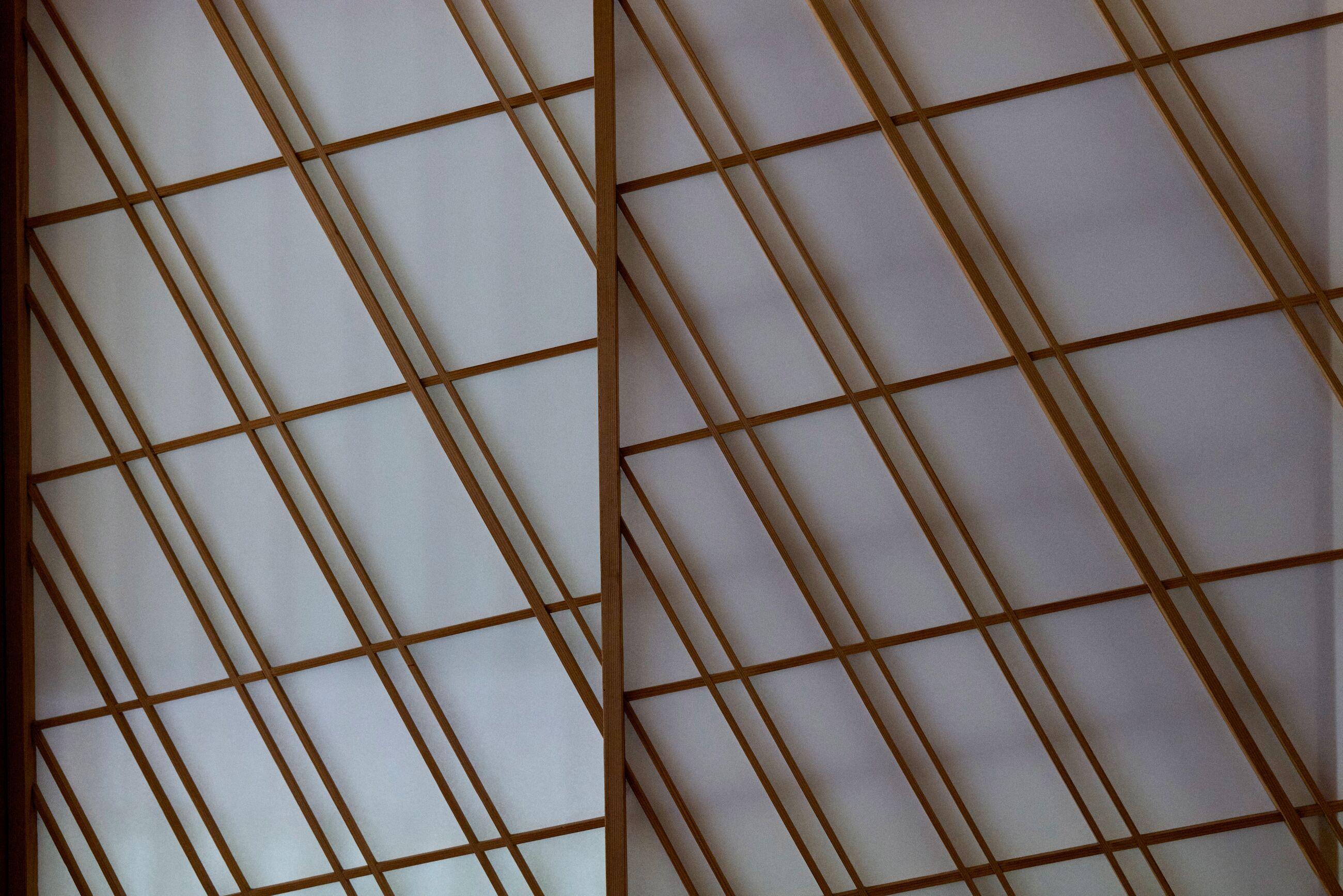
Detail of Shoji screen in the Kasui-en at the Westin Miyako Kyoto Hotel
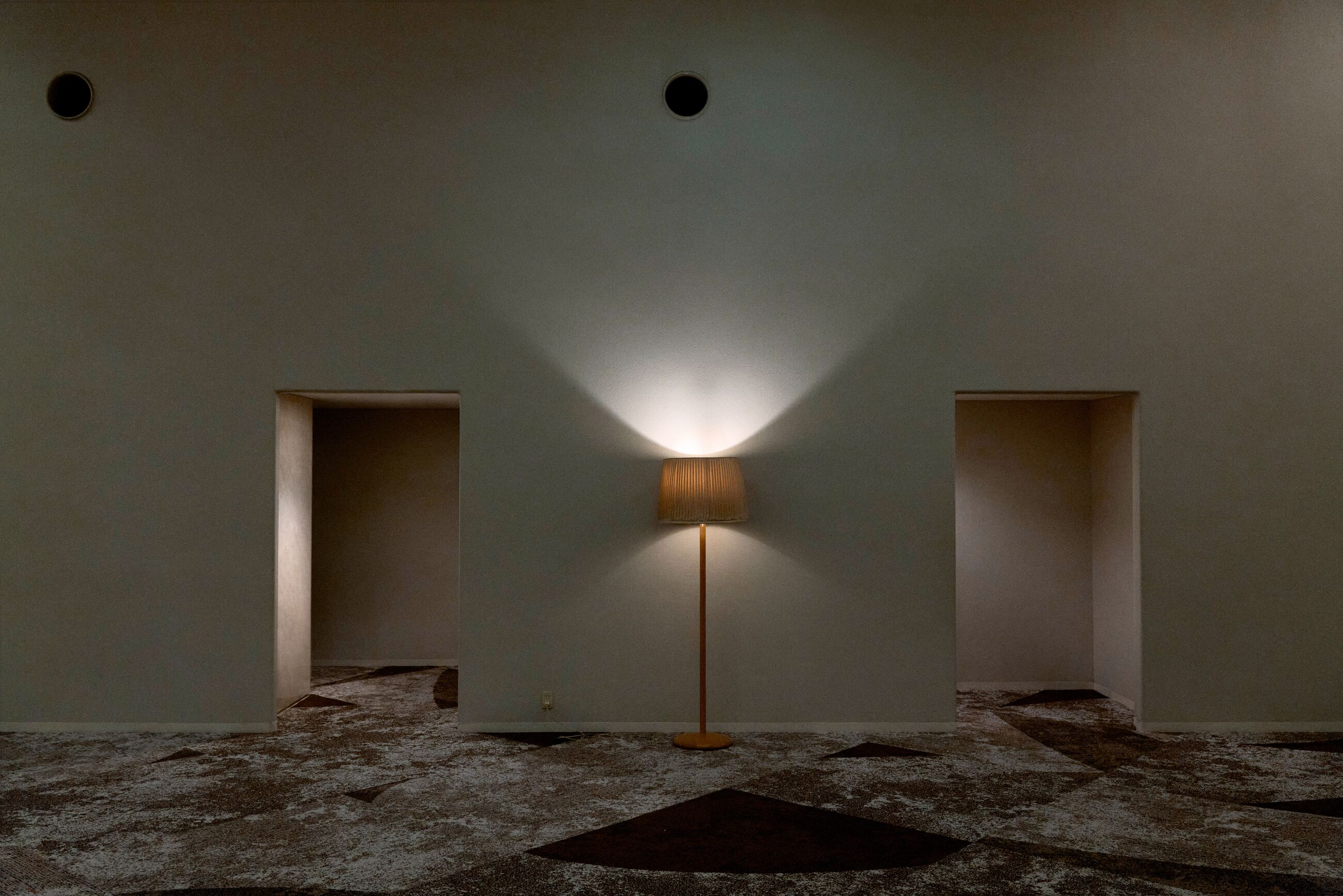
Detail from the Grand Prince Hotel Takaragaike, Kyoto
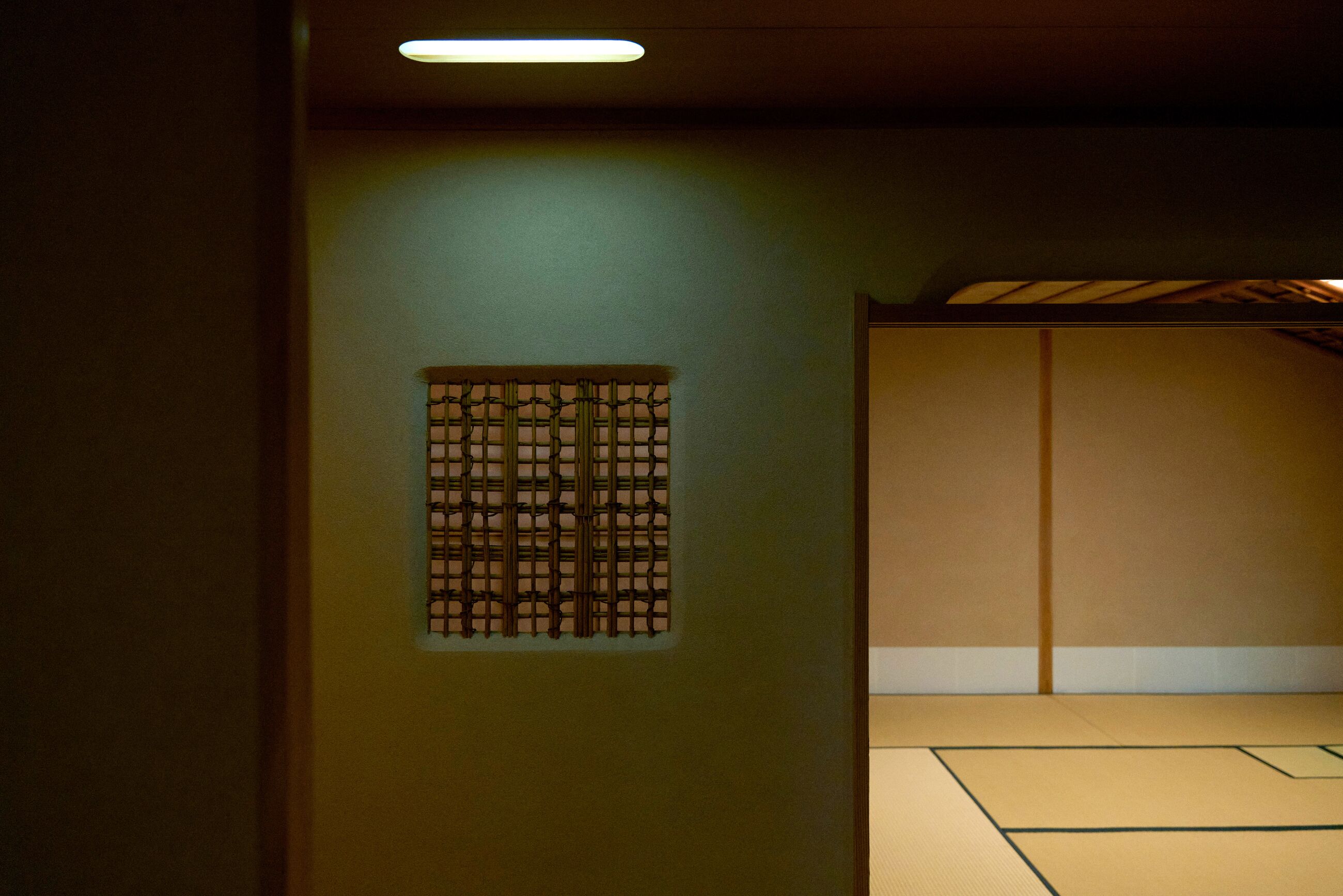
Detail of the tea house at the Grand Prince Hotel Takaragaike, Kyoto
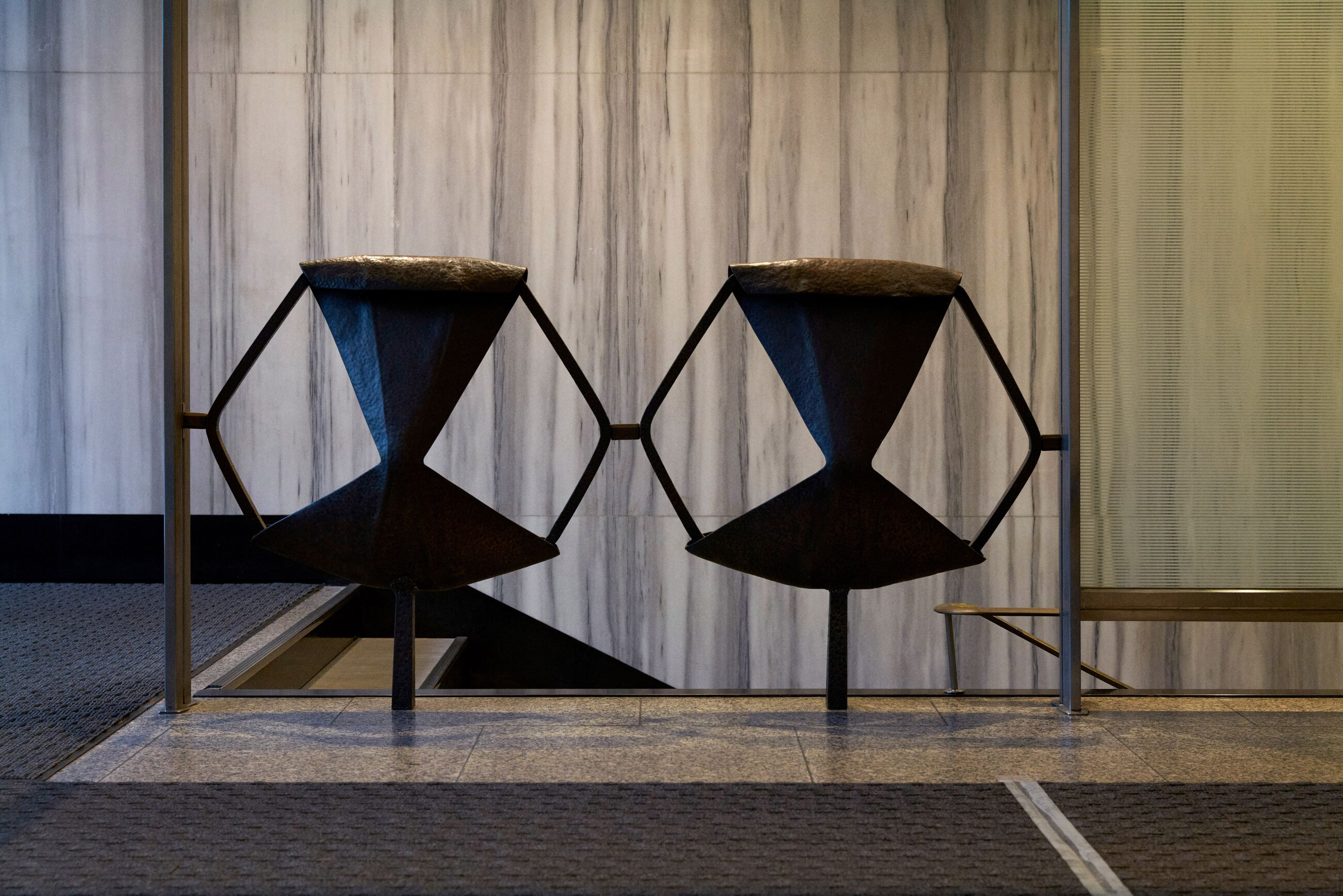
Railing details from the Morita Building, Osaka, 1962
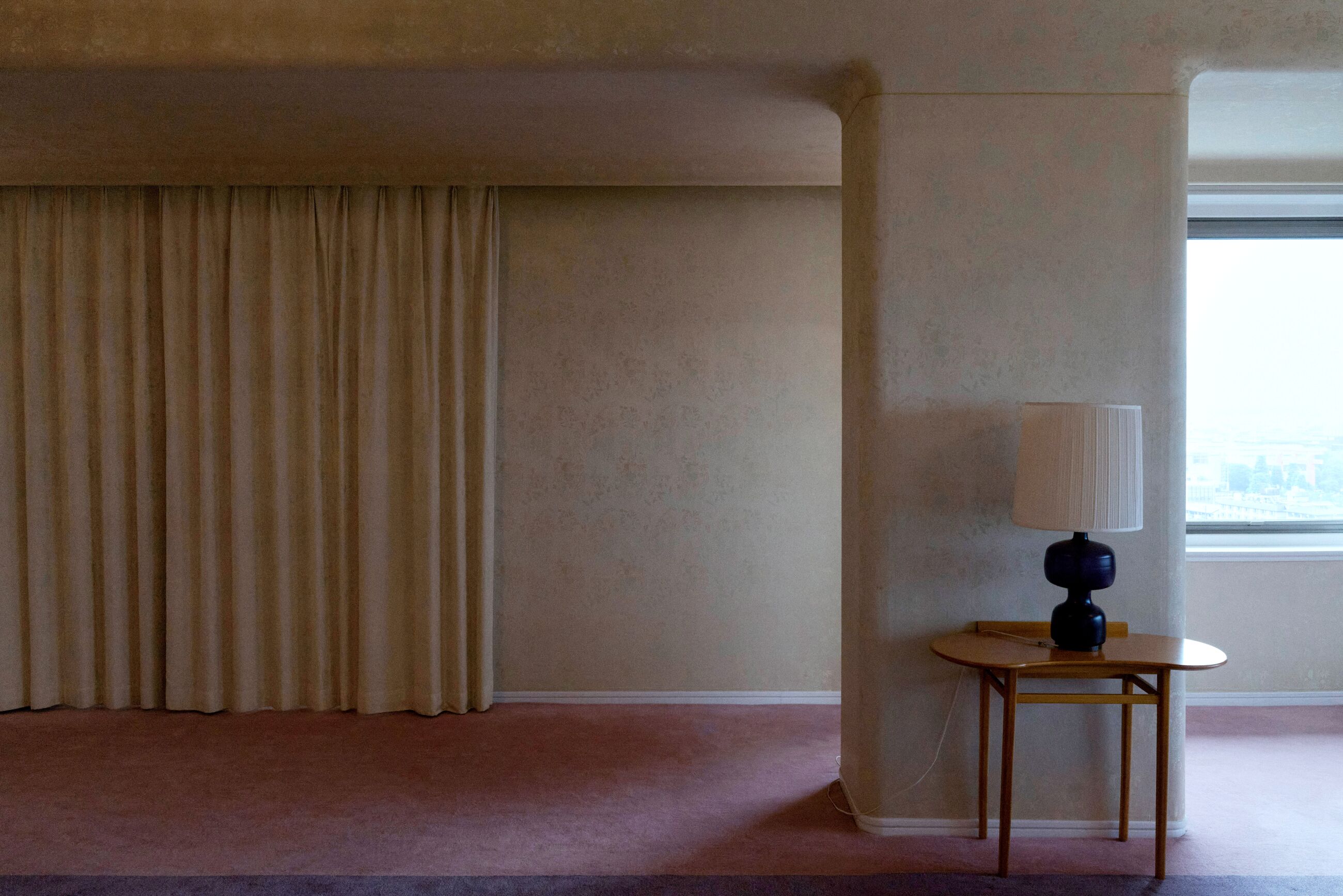
The Imperial Suite at the Westin Miyako Kyoto Hotel

The tea house at the Grand Prince Hotel Takaragaike, Kyoto
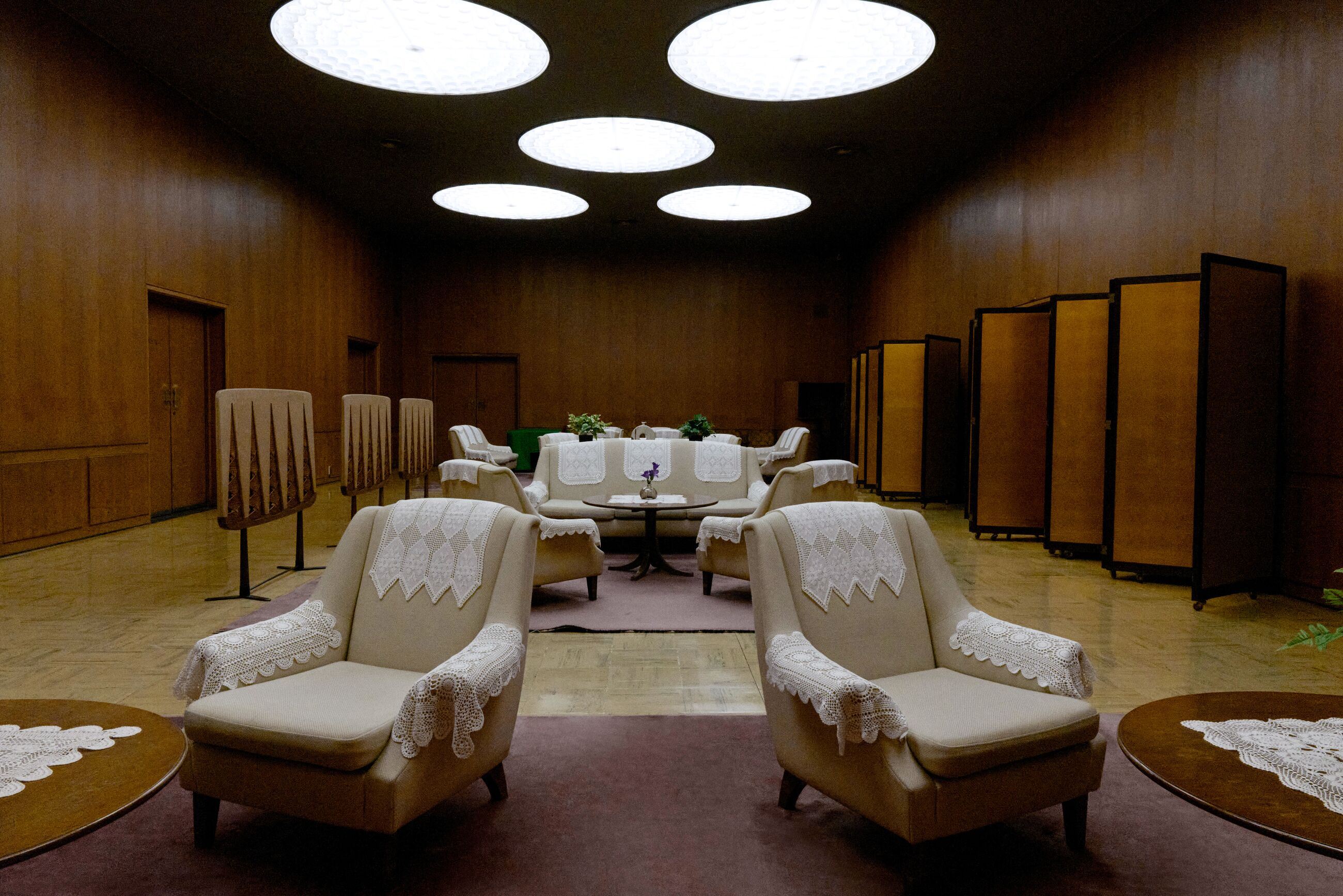
Textile Building Corporation Osaka, 1960, Kansai
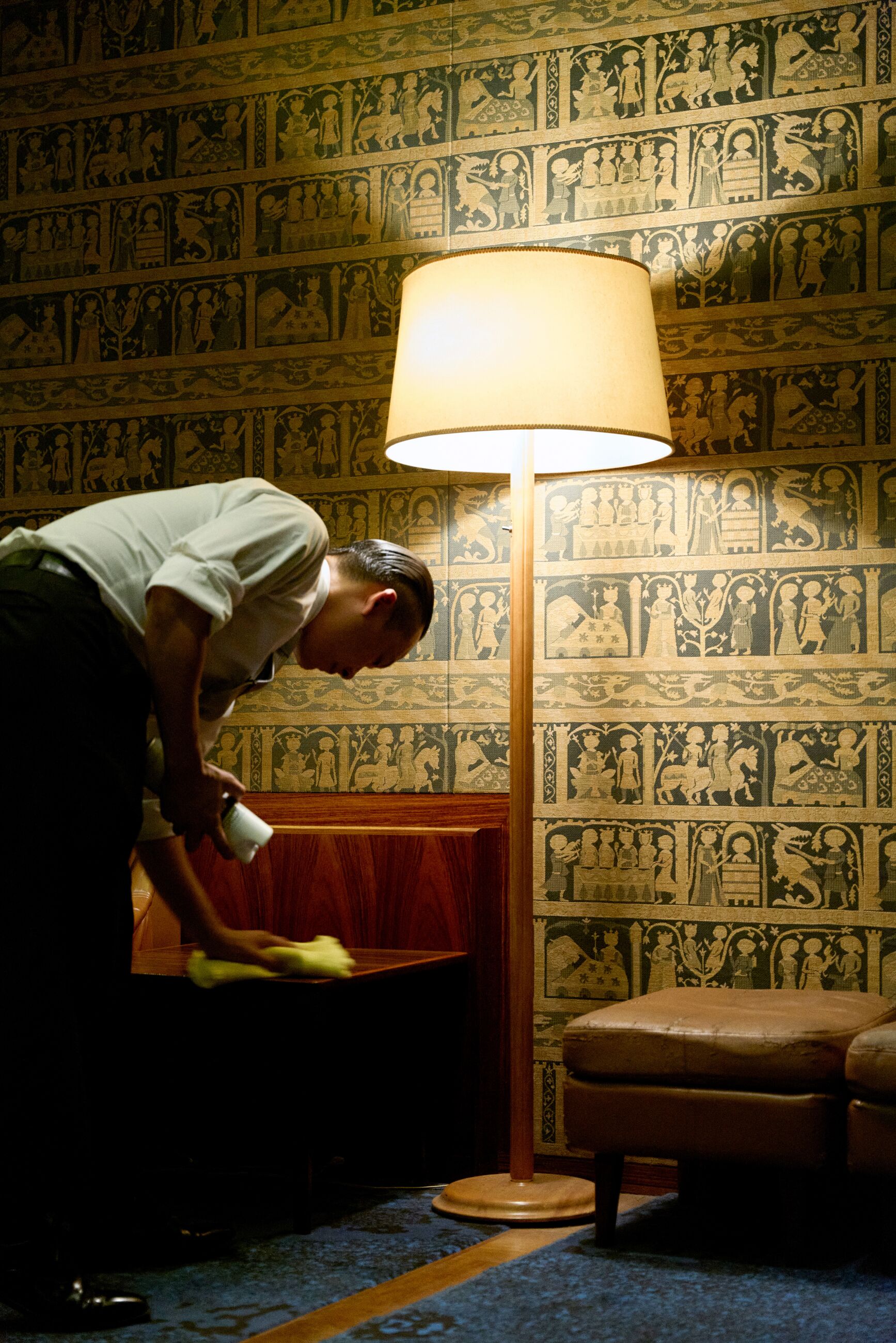
The bar at the Grand Prince Hotel Shin Takanawa, Tokyo
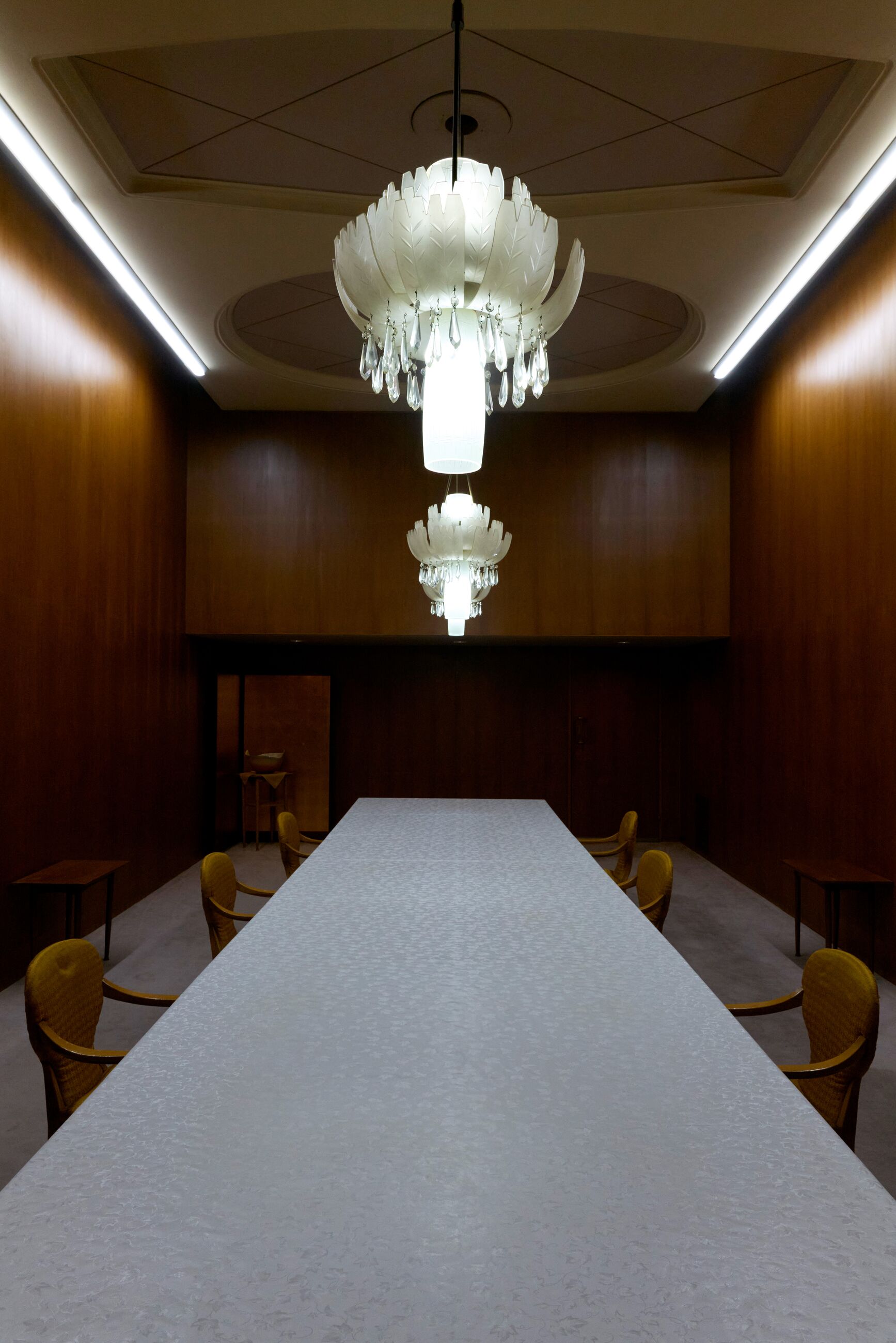
Meeting room at the Textile Building Corporation, Osaka, Kansai
–
Olivier Renaud-Clément organizes exhibitions and advises artists and estates in the U.S., Europe and Japan. He works frequently with Hauser & Wirth. He has collaborated with Takesada Matsutani and the estates of Fabio Mauri, Lygia Pape, August Sander and Mira Schendel, among others. He is based in Paris and New York.
Valérie Sadoun is an architecture photographer based in the U.K. Through her practice, she contributes to a living archive of modernist and contemporary architecture, capturing buildings and their creators. Her work has been featured in Frankfurter Allgemeine Zeitung, HTSI Financial Times and The World of Interiors, among other publications.
Francis Elias Wintour is a filmmaker, photographer, performance artist and poet based in New York City. His work, rooted in travel, architecture, sex and lived experience, gives voice to disenfranchised communities. His latest film, I Love My Mother (2021), premiered at the Chelsea Film Festival and ASVOFF13 in Paris.
